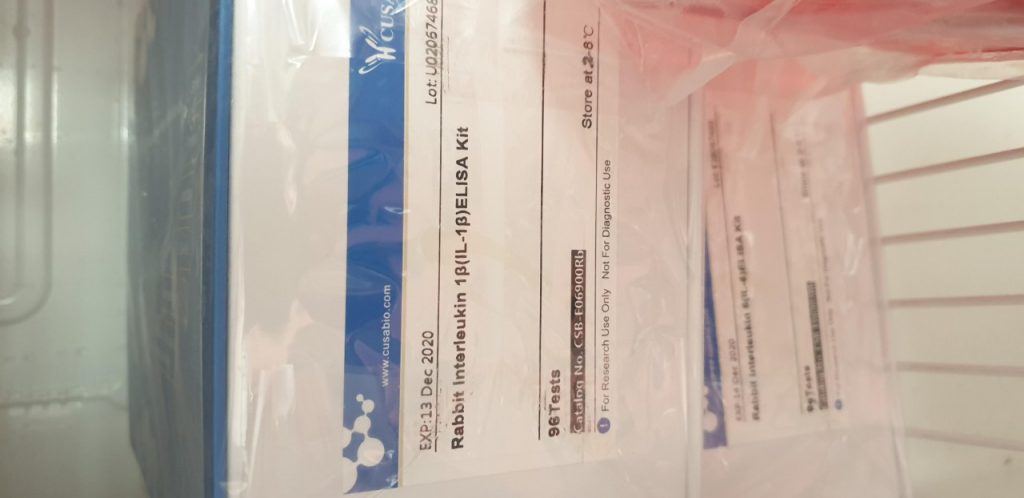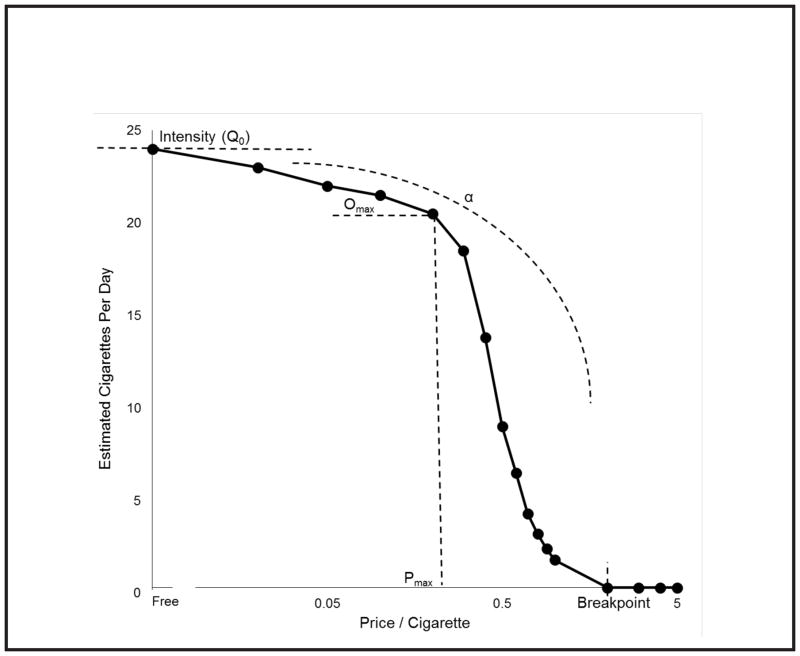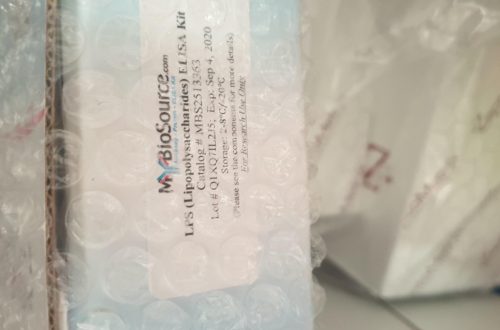Physico-Chemical Challenges in 3D Printing of Polymeric Nanocomposites and Hydrogels for Biomedical Applications
Additive manufacturing methods (i.e., 3D printing) are quickly turning into one of the preferred strategies for the preparation of supplies to be employed in many various fields, together with biomedical functions. The essential motive is the distinctive flexibility ensuing from each the strategy itself and the variability of beginning supplies, requiring the mix of multidisciplinary competencies for the optimization of the method. In specific, that is the case of additive manufacturing processes primarily based on the extrusion or jetting of nanocomposite supplies, the place the distinctive properties of nanomaterials are mixed with these of a flowing matrix. This contribution focuses on the physico-chemical challenges sometimes confronted in the 3D printing of polymeric nanocomposites and polymeric hydrogels meant for biomedical functions. The methods to beat these challenges are outlined, along with the characterization approaches that might assist the advance of the sector.
Artificial Bioaugmentation of Biomacromolecules and Living Organisms for Biomedical Applications
The synergistic union of nanomaterials with biomaterials has revolutionized artificial chemistry, enabling the creation of nanomaterial-based biohybrids with distinct properties for biomedical functions. This class of supplies has drawn vital scientific curiosity from the attitude of useful extension through controllable coupling of artificial and biomaterial parts, ensuing in enhancement of the chemical, bodily, and organic properties of the obtained biohybrids.
In this evaluation, we spotlight the forefront supplies for the mix with biomacromolecules and residing organisms and their advantageous properties in addition to current advances in the rational design and synthesis of synthetic biohybrids. We additional illustrate the unbelievable range of biomedical functions stemming from artificially bioaugmented traits of the nanomaterial-based biohybrids. Eventually, we goal to encourage scientists with the appliance horizons of the thrilling discipline of artificial augmented biohybrids.
Peptide-Chitosan Engineered Scaffolds for Biomedical Applications
Peptides are signaling epitopes that management many important organic occasions. Increased specificity, artificial feasibility with concomitant lack of toxicity, and immunogenicity make this rising class of biomolecules appropriate for completely different functions together with therapeutics, diagnostics, and biomedical engineering. Further, chitosan, a naturally occurring linear polymer composed of d-glucosamine and N-acetyl-d-glucosamine models, possesses anti-microbial, muco-adhesive, and hemostatic properties together with glorious biocompatibility. As a consequence, chitosan finds software in drug/gene supply, tissue engineering, and bioimaging.

Despite these functions, chitosan demonstrates restricted cell adhesion and lacks biosignaling. Therefore, peptide-chitosan hybrids have emerged as a brand new class of biomaterial with improved biosignaling properties and cell adhesion properties. As a consequence, current research embody elevated software of peptide-chitosan hybrids as composites or conjugates in drug supply, cell remedy, and tissue engineering and as anti-microbial materials. This evaluation discusses the current investigations involving chitosan-peptide supplies and uncovers varied elements of these fascinating hybrid supplies for biomedical functions.
Laser Ablation-Assisted Synthesis of Plasmonic Si@Au Core-Satellite Nanocomposites for Biomedical Applications
Owing to strong plasmonic absorption and excellent biocompatibility, gold nanostructures are among best candidates for photoacoustic bioimaging and photothermal therapy, but such applications require ultrapure Au-based nanoformulations of complex geometry (core-shells, nanorods) in order to shift the absorption band toward the region of relative tissue transparency (650-1000 nm).
Here, we present a methodology for the fabrication of Si@Au core-satellite nanostructures, comprising of a Si core covered with small Au nanoparticles (NP), based on laser ablative synthesis of Si and Au NPs in water/ethanol solutions, followed by a chemical modification of the Si NPs by 3-aminopropyltrimethoxysilane (APTMS) and their subsequent decoration by the Au NPs. We show that the formed core-satellites have a red-shifted plasmonic absorption feature compared to that of pure Au NPs (520 nm), with the position of the peak depending on APTMS amount, water-ethanol solvent percentage and Si-Au volume ratio.
As an example, even relatively small 40-nm core-satellites (34 nm Si core + 4 nm Au shell) provided a much red shifted peak centered around 610 nm and having a large tail over 700 nm. The generation of the plasmonic peak is confirmed by modeling of Si@Au core-shells of relevant parameters via Mie theory. Being relatively small and exempt of any toxic impurity due to ultraclean laser synthesis, the Si@Au core-satellites promise a major advancement of imaging and phototherapy modalities based on plasmonic properties of nanomaterials.
Recent trends in carbon nanotubes based prostate cancer therapy: A biomedical hybrid for diagnosis and treatment
At present treatment methods for cancer are limited, partially due to the solubility, poor cellular distribution of drug molecules and, the incapability of drugs to annoy the cellular barriers. Carbon nanotubes (CNTs) generally have excellent physio-chemical properties, which include high-level penetration into the cell membrane, high surface area and high capacity of drug loading by in circulating modification with bio-molecules, project them as an appropriate candidate to diagnose and deliver drugs to prostate cancer (PCa).
Additionally, the chemically modified CNTs which have excellent ‘Biosensing’ properties therefore makes it easy for detecting PCa without fluorescent agent and thus targets the particular site of PCa and also, Drug delivery can accomplish a high efficacy, enhanced permeability with less toxic effects. While CNTs have been mainly engaged in cancer treatment, a few studies are focussed on the diagnosis and treatment of PCa. Here, we detailly reviewed the current progress of the CNTs based diagnosis and targeted drug delivery system for managing and curing PCa.
Peptide-Chitosan Engineered Scaffolds for Biomedical Applications
Peptides are signaling epitopes that control many vital biological events. Increased specificity, synthetic feasibility with concomitant lack of toxicity, and immunogenicity make this emerging class of biomolecules suitable for different applications including therapeutics, diagnostics, and biomedical engineering. Further, chitosan, a naturally occurring linear polymer composed of d-glucosamine and N-acetyl-d-glucosamine units, possesses anti-microbial, muco-adhesive, and hemostatic properties along with excellent biocompatibility.
[Linking template=”default” type=”products” search=”rahul” header=”3″ limit=”166″ start=”4″ showCatalogNumber=”true” showSize=”true” showSupplier=”true” showPrice=”true” showDescription=”true” showAdditionalInformation=”true” showImage=”true” showSchemaMarkup=”true” imageWidth=”” imageHeight=””]
As a result, chitosan finds application in drug/gene delivery, tissue engineering, and bioimaging. Despite these applications, chitosan demonstrates limited cell adhesion and lacks biosignaling. Therefore, peptide-chitosan hybrids have emerged as a new class of biomaterial with improved biosignaling properties and cell adhesion properties. As a result, recent studies encompass increased application of peptide-chitosan hybrids as composites or conjugates in drug delivery, cell therapy, and tissue engineering and as anti-microbial material. This review discusses the recent investigations involving chitosan-peptide materials and uncovers various aspects of these interesting hybrid materials for biomedical applications.




